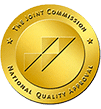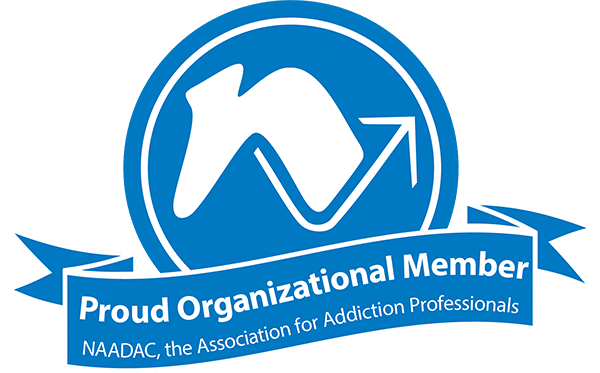Skip To Section
Art therapy is a creative approach to healing that combines the artistic process with psychological support. It allows individuals to express their thoughts and feelings through various forms of art, such as painting, drawing, and sculpting. This therapeutic method is beneficial for people of all ages and can be particularly effective in addressing mental health issues. By engaging in art therapy activities, clients can explore their emotions in a safe environment, fostering self-discovery and personal growth.
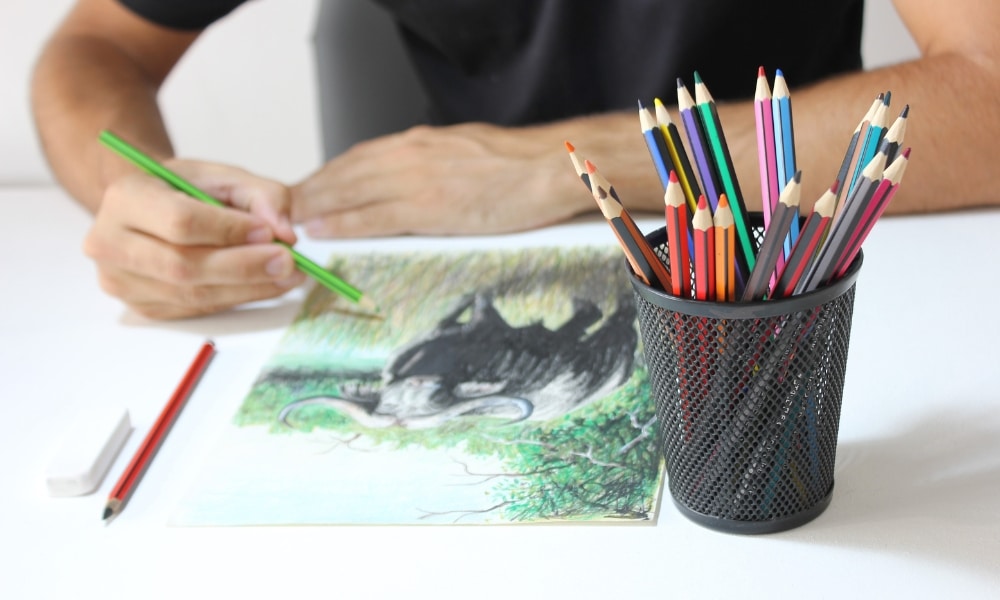
What Is Art Therapy?
So, what is art therapy? It is a form of expressive therapy that uses art-making as a means of communication and healing. Clients work with trained art therapists who guide them through the creative process, helping them to express feelings that may be difficult to articulate verbally. This method can be especially helpful for those dealing with anxiety, depression, trauma, or other emotional challenges.
Art Therapy Mediums
Art therapy utilizes various mediums to help individuals express their emotions and experiences creatively. Common mediums include:
- Painting: Clients use colors and brush strokes to convey feelings and create visual representations of their thoughts.
- Drawing: This medium allows for quick expression of ideas and emotions through sketches and illustrations.
- Sculpting: Working with three-dimensional materials enables clients to represent complex emotions in a tangible form.
- Collage: Combining different materials and images creates a visual narrative that reflects personal experiences and feelings.
Each medium offers unique benefits, allowing individuals to explore their creativity and communicate in ways that words may not capture.
How Does Art Therapy Work?
Art therapy works through a collaborative process between the client and a trained therapist. During sessions, the therapist creates a safe and supportive environment where clients can freely express themselves through various art forms. The therapist may provide specific art materials and prompts to guide the creative process. As clients create, they explore their feelings and experiences, which the therapist helps them reflect on. This combination of artistic expression and discussion promotes self-discovery, emotional healing, and personal growth, allowing individuals to gain insights into their thoughts and behaviors.
Art Therapy Prompts
Art therapy activities can vary widely and are designed to encourage creativity and self-exploration. Some popular art therapy ideas include:
- Emotion Wheel: Create a wheel with different emotions represented by colors or images.
- Self-Portrait: Draw or paint a self-portrait that reflects how you see yourself.
- Vision Board: Assemble images and words that represent your goals and aspirations.
Art therapy prompts are creative suggestions designed to inspire individuals during their therapeutic sessions, helping them explore their emotions and thoughts through artistic expression. These prompts can guide clients in their artwork, making it easier to communicate feelings and experiences.
Here are a few examples:
- Create a self-portrait that reflects how you feel today.
- Draw or paint your favorite place and describe why it brings you comfort.
- Make a collage representing your dreams and aspirations for the future.
- Use colors to express your current mood; explain your choices afterward.
Illustrate a significant memory and share its impact on your life. Art therapy prompts like these can help guide sessions and inspire creativity, making the therapeutic process more engaging.
What Are the Goals of Art Therapy?
The goals of art therapy are diverse and tailored to meet the unique needs of each individual. Primarily, art therapy aims to enhance:
- Self-Expression: providing a creative outlet for emotions that may be difficult to verbalize.
- Self-Awareness: allowing clients to gain insights into their thoughts and feelings through the artistic process.
- Coping Skills: to manage stress and anxiety effectively.
- Self-Esteem: boosts confidence contributing to overall mental well-being and personal growth.
What to Expect in Art Therapy
In art therapy, clients can expect a supportive environment where personal healing takes precedence over the quality of the artwork. The focus is on the creative process rather than artistic skill, allowing individuals to express their emotions freely without fear of judgment. Clients are encouraged to explore their feelings through various art forms, fostering self-discovery and emotional release. This therapeutic approach emphasizes personal growth and well-being, making it accessible for everyone, regardless of artistic ability.
"*" indicates required fields
Fill out the form below and one of our admissions team members will reach out to you:
"*" indicates required fields
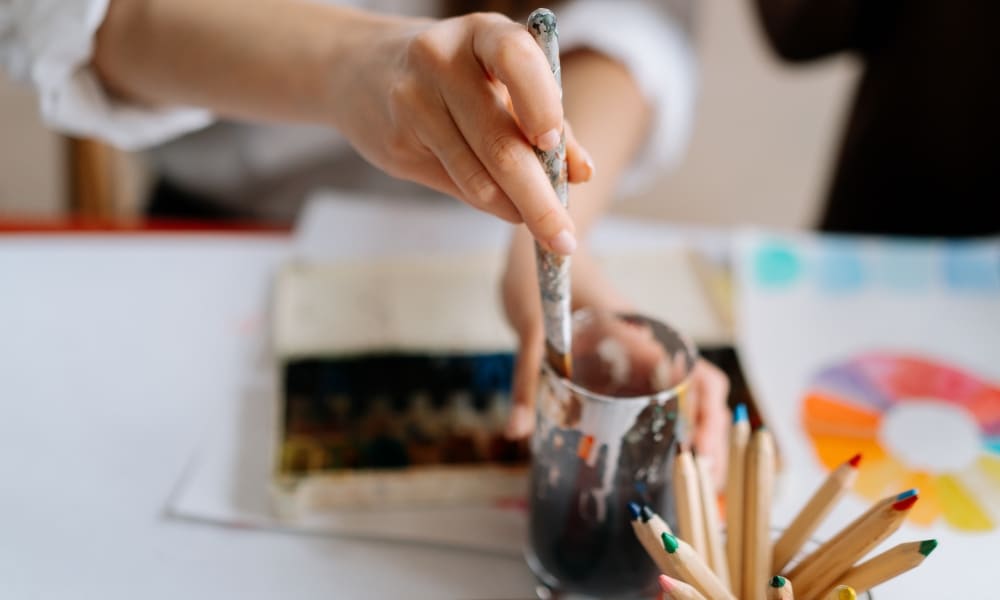
What Does Art Therapy Help With?
Art therapy is an effective therapeutic approach that supports individuals dealing with both substance abuse and mental health disorders. By using creative expression, clients can explore their feelings and experiences in a non-verbal way, which can be particularly helpful for those who struggle to articulate their emotions. When used in conjunction with other treatment approaches, art therapy techniques provide a safe space for healing, enabling individuals to address underlying issues and promote personal growth.
Art Therapy for Substance Abuse
Art therapy for substance abuse allows individuals to express complex emotions related to their addiction through creative activities. This form of therapy helps clients process feelings of guilt, shame, and trauma, which are often intertwined with substance use. By engaging in art therapy exercises, individuals can develop healthier coping mechanisms and reduce the risk of relapse.
Art Therapy for Mental Health Disorders
Art therapy for mental health disorders offers a unique way for clients to explore their emotions and thoughts. Through various art therapy techniques, such as drawing or painting, individuals can gain insights into their mental health challenges, including anxiety and depression. This creative outlet fosters self-expression and promotes emotional healing, making it easier for clients to manage their symptoms.
Art Therapy for Co-Occurring Disorders
Art therapy is also beneficial for those with co-occurring disorders, where substance abuse and mental health issues exist simultaneously. This therapeutic approach allows clients to address both aspects of their condition in a holistic manner. By using expressive art therapy, individuals can explore the connections between their addiction and mental health struggles, facilitating deeper understanding and promoting comprehensive healing.
What Are the Benefits of Art Therapy?
The benefits of art therapy are numerous. Engaging in creative activities can reduce stress and anxiety while promoting relaxation and emotional well-being. Art therapy encourages self-expression, allowing clients to process complex emotions and experiences. Additionally, it can enhance self-esteem and provide a sense of accomplishment as individuals create their artwork. This form of therapy also fosters mindfulness, helping clients stay present and focused during sessions.
Here’s what you can gain from art therapy:
- Enhanced Self-Expression: Art therapy provides a creative outlet for individuals to express emotions that may be difficult to articulate verbally. Through various art forms, clients can communicate complex feelings and experiences, promoting emotional release and clarity.
- Improved Emotional Regulation: Engaging in art therapy helps individuals learn to manage their emotions more effectively. By channeling feelings into creative activities, clients can reduce anxiety and stress, leading to better emotional stability.
- Increased Self-Awareness: Art therapy encourages self-reflection and insight. As clients create art, they gain a deeper understanding of their thoughts and feelings, fostering personal growth and self-discovery.
- Development of Coping Skills: Participants in art therapy learn new coping strategies to handle life’s challenges. The creative process can serve as a healthy distraction and a constructive way to process difficult emotions.
- Support for Mental Health: Art therapy is beneficial for those dealing with mental health disorders, such as depression or anxiety. It promotes healing by providing a safe space for individuals to explore their feelings and develop resilience.
How Effective is Art Therapy?
Art therapy is effective in promoting mental health and well-being. Research indicates that it significantly reduces symptoms of anxiety, depression, and trauma across various populations. Studies demonstrate that engaging in creative activities enhances emotional regulation and self-awareness, leading to improved coping skills. As a result, many individuals experience increased self-esteem and a greater sense of accomplishment, making art therapy a valuable tool in mental health treatment.
Can Art Therapy Help Me?
Art therapy can be beneficial for anyone seeking to improve their mental health or emotional well-being. It provides a unique way to express feelings that may be hard to verbalize, allowing for deeper exploration of personal issues. Whether dealing with anxiety, depression, or trauma, art therapy offers tailored techniques and exercises to support healing. Many people find that this creative approach enhances their overall quality of life and fosters personal growth. You can, too!
Tips for Successful Art Therapy
Anyone can try art therapy. If you are thinking of using art therapy as part of your mental health treatment, here are some tips for a successful start:
- Be Open-Minded: Approach the process with curiosity and a willingness to explore your feelings.
- Focus on the Process: Enjoy the creative journey rather than worrying about the final product.
- Use Various Materials: Experiment with different art supplies to find what resonates with you.
- Communicate: Share your thoughts and feelings with your therapist during sessions.
- Practice Regularly: Engage in art activities outside of therapy to enhance your experience and self-expression.
Healing from Addiction in Art Therapy
Are you ready to take the first step toward a brighter future? At Footprints to Recovery, we offer personalized addiction treatment that caters to your unique needs. Our dedicated team is here to support you every step of the way, providing the tools and resources for lasting recovery. Don’t wait—contact our admissions team 24/7 to discuss your options and begin your journey toward healing today. Your path to hope and transformation starts here.
- Art Therapy: A Complementary Treatment for Mental Disorders – PMC (nih.gov)
- What is Art Therapy? | Art Therapy Credentials Board, Inc. (atcb.org)
- What is art therapy? – The British Association Of Art Therapists (baat.org)
- Art Therapy: A Complementary Treatment for Mental Disorders – NIH
- What is art therapy, and how does it work? – Medical News Today
- At-home vision board exercises – NIH
- The Use of Art and Music Therapy in Substance Abuse Treatment Programs – NIH
- Co-occurring disorders and health conditions – NIDA
- Efficacy of art therapy in enhancing the mental health of clinical nurses: A meta-analysis – NIH
- Significance of Art Therapy in the 21st Century – International Journal of Development Research
Our admissions team is available 24/7 to listen to your story and help you get started with the next steps.




